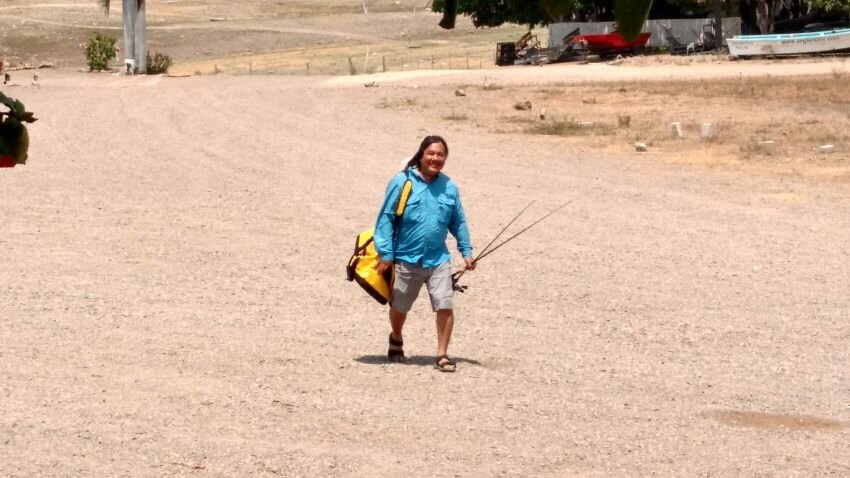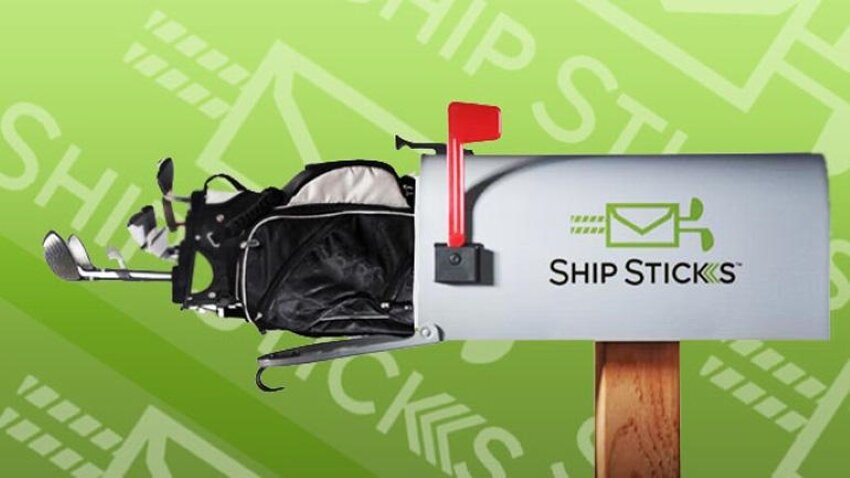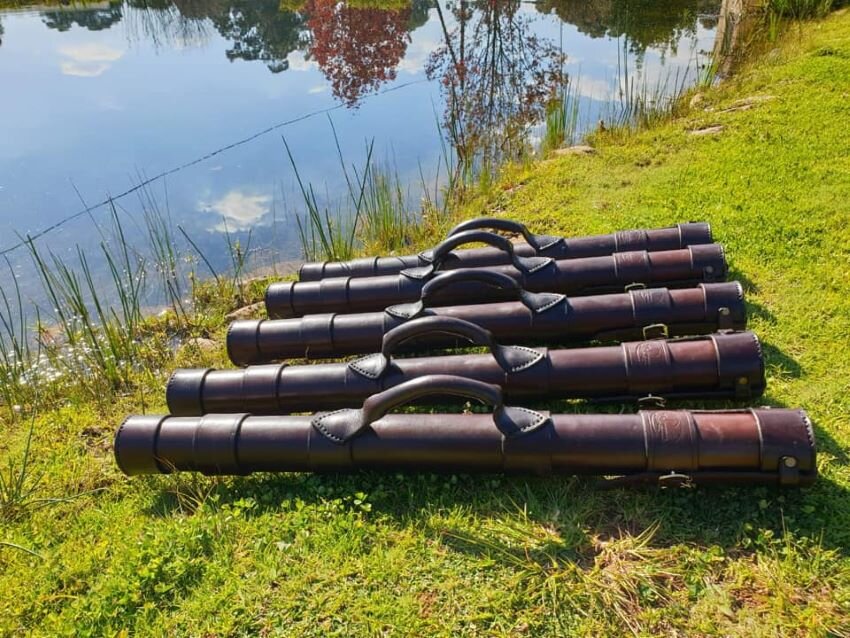Options for Getting Your Fishing Rods to a Distant Location
You’re set to head across the country or across the globe, on the fishing expedition of a lifetime. You’ll need specialized, high-quality rods to get the job done. If you’re confident that your guide or outfitter has the right gear, your best bet is to borrow gear from them. If that’s not possible, or not certain, do whatever you can to make sure you’ll have the right gear. You don’t want to end up at St. Clair, Clear Lake, El Salto, the Naknek River or the Amazon on the bucket list trip of a lifetime and not have a way to properly present lures or land fish.
Here are some options. No single one is perfect for all situations, but at least there’s a choice.
Option: Drive Instead of Fly
Description: If you were going to fly domestically, but it’s important to have your rods with you, get on the road.
The Good: It’s usually a cheaper alternative, and you can have your rods with you at all times, ensuring any loss or mishaps. If you don’t have a reliable vehicle or one big enough to handle your 70 and 8-foot sticks, you can rent one.
The Bad: The time suck can be substantial. I can fly to Detroit in an hour, but driving there takes 9 hours. That means if I fish late on Sunday I can fly home and still be at work first thing Monday morning. Fishing late and then driving home means missing all or part of that next day.
The Ugly: This is not a universal alternative. You can’t drive to the Seychelles or Zambia.
Option: Fly With Full-Sized Rods
Description: Buy a full-sized rod tube like one of the ones I’ve written about previously, check your airline’s rules and regulations, and check them through as luggage.
The Good: You can take a large number of rods across the globe without having to invest in specialized travel rods. On most airlines, if packed properly, they should arrive on time in one piece. Better luggage tracking makes loss much less likely.
The Bad: Airlines are inconsistent in their policies, even within a given airline. Some may try to charge you exorbitant fees, fairly or unfairly, and they kind of have you over a barrel once you’re at the airport (although you can fight them later).
The Ugly: Breakage is a possibility, although if packed correctly you will minimize that likelihood. If your rods do not show up, you may be screwed, especially if headed to a remote location.
Option: Fly With Travel Rods
Description: We’ve outlined a number of travel rod and pack rod options on Half Past First Cast. There are more than ever, and there are a number of good ways to pack them in your checked luggage or carry them on in specialized rod tubes.
The Good: There are increasing numbers of quality multi-piece rods, and if you can fit them into a carry-on, you’ll have them with you at all times, minimizing the chances of loss or damage.
The Bad: Some anglers still believe that multi-piece rods are vastly inferior to one-piece models.
The Ugly: Quality rods often mean hefty price tags, so if you need an arsenal of specialized sticks that comes at a cost. If you won’t use them again, that may be sunk money, although you can always sell them on Ebay to recoup some of your expenses.
Option: Ship Your Rods via a Mail Service
Description: USPS, UPS and FedEx can all ship rods, as can some other carriers.
The Good: If you have a friend or acquaintance on the other end of your journey, or trust the hotel/lodge/outfitter, there’s no reason you can’t mail a set of rods to a distant location. With insurance, you run less risk of losing everything in the case of loss or damage than you do with the airlines.
The Bad: This option can be quite expensive, and is generally not feasible for overseas travel if timely receipt is critical.
The Ugly: If your rods get lost or damaged, you may collect insurance, but that doesn’t help you on the water. You also need to find a way to get the rods home – even if there’s service, it may be more difficult away from home, especially on foreign soil, and even more so if you don’t speak the local language.
Option: Ship Your Rods with an Alternative Service
Description: Golfers and skiers traveling to distant locations run into the same problems as many anglers, and as a result services have sprung up to get their gear safely and easily either to the airport or door-to-door. Try Ship Sticks or Ship Skis or Luggage Forward to see what they can do for you.
The Good: These services are not going to be confused by issues related to shipping sporting gear, tracking its arrival or dealing with insurance claims.
The Bad: They may not cover all airports or all locations and may be resistant to the specifics of shipping fishing gear.
The Ugly: Check the fine print to see if fees are flat or if they’re adjusted to account for varying weights and dimensions.
Option: Purchase and Send Rods
Description: Many retailers, including Tackle Warehouse, will ship purchased rods directly to your eventual location. So if you’re headed to Clear Lake or Champlain or Toho, you can just buy in-stock rods and have them sent.
The Good: Assuming the rods make it safely, you’ll have the proper tubes to get them home via airline or mail.
The Bad: This option is expensive. Not only are you buying all new rods (that you might not have purchased anyway) but you also have to pay to get them home.
The Ugly: You still have to get them home. Granted, you’ll be less worried about if they get home safely if they’re covered by insurance, but it’s still a hassle, a cost and a time-suck.
Option: Purchase Rods at Your Location
Description: Research tackle-buying options ahead of time and plan to purchase on arrival. There are great tackle stores en route to vaunted fishing destinations like Lake Biwa and the Brazilian Amazon.
The Good: Tackle stores near your destination should have gear specifically tailored to those fisheries, and you may get some insight into a key bite or other products you need before you depart for the fishing grounds.
The Bad: This option is still expensive, and if the store is out of stock you may be screwed. Even worse, if they’re closed you may totally strike out. If you elect this one, try to ensure ahead of time that they’ll have what you need and be able to get it to you – and that you’ll be there when they’re open.
The Ugly: You still have to get them home. Granted, you’ll be less worried about if they get home safely if they’re covered by insurance, but it’s still a hassle, a cost and a time-suck.
SIDE NOTE WITH RESPECT TO THESE FINAL TWO OPTIONS
In some countries, there are vibrant second-hand markets for lightly-used fishing tackle. If you’re willing to take a financial hit, this is one way to acquire tackle in-country and not have to worry about getting your gear home. Another alternative is to give it to locals or to your fishing guides, but please consult your outfitter first, and remember that gear should never be given in lieu of a tip.

















